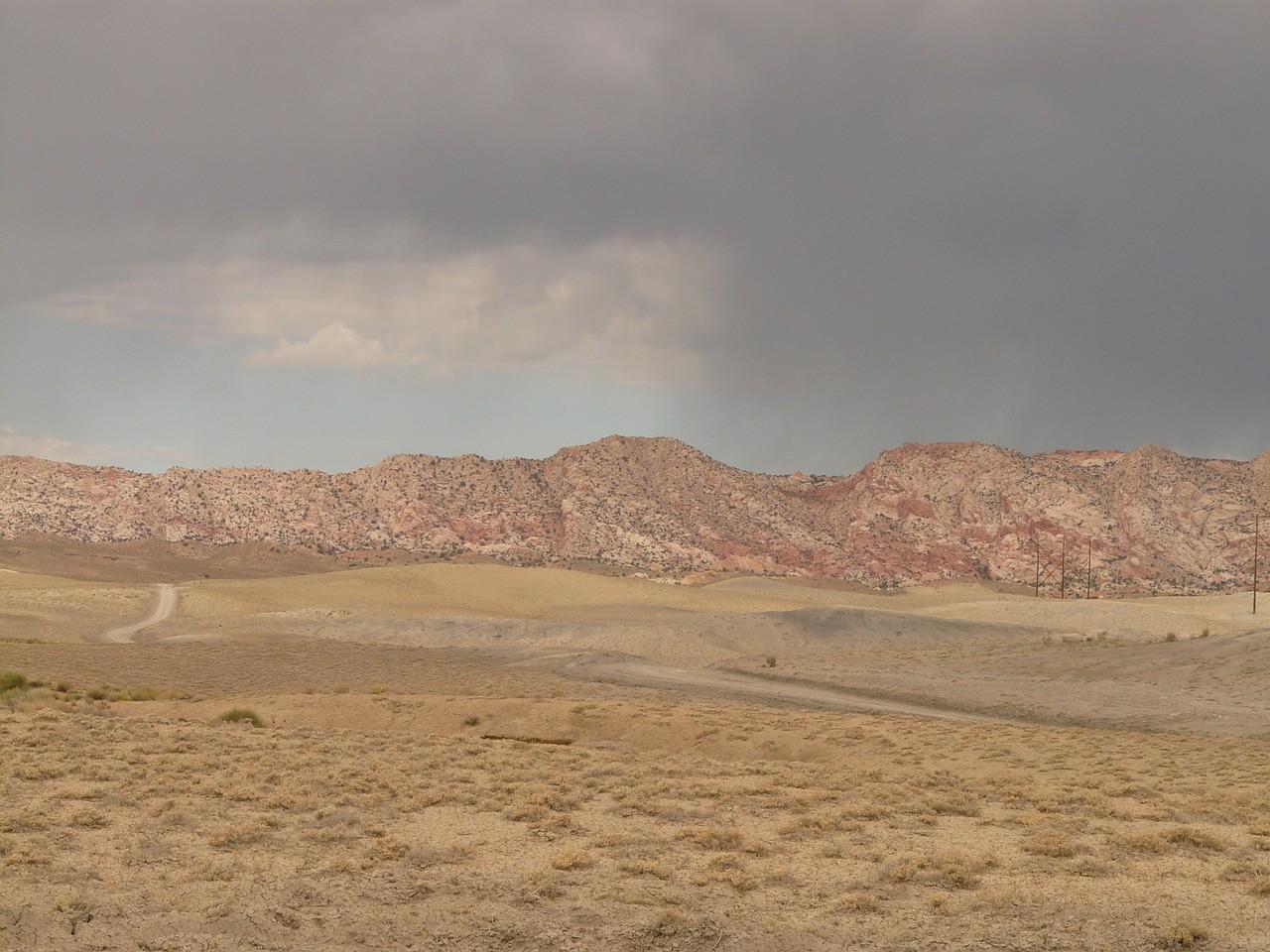
By Travis Holtby
Desertification is increasing as anthropogenic climate change accelerates. The loss of arable land and the encroachment of deserts on populated areas present real challenges to people around the world. But these deserts also cause a secondary problem with far-reaching effects: more dust.
According to scientists at Scripps Institution of Oceanography at the University of California, San Diego, the level of dust emission into the atmosphere could double in the coming years. This is due not only to changes in the global climate, but also to human activities that exacerbate the negative effects of climate change. The increasing population demands greater and greater amounts of water for homes, agriculture and industry. This depletes rivers, lakes and aquifers, which can take hundreds of thousands of years to recharge.
On the terrestrial side, desertification means soil-based seeds -- an important storehouse of the planet’s biodiversity -- are being depleted and destroyed by heat and changing soil types. It also affects erosion: As these areas become dryer and dryer, root systems that hold the soil in place begin to die, leaving the land prone to greater levels of erosion when the rains do come.
Dust can also spread infectious diseases, like meningitis and valley fever. The tiny particulates that are sucked up into the atmosphere and blown across national borders are big enough for microbes to attach themselves to, putting in danger populations that have historically never had to worry about these microorganisms.
But the dust also affects the weather. Particles in the atmosphere are essential for the formation of clouds, and clouds are the shield that reflects the majority of solar radiation away from the earth and back into space. The dust swirling up into the atmosphere from these expanding deserts can travel thousands of miles from its source, influencing clouds and rainfall in other countries and on other continents.
It is also important to note that dust and other aerosols’ effect on clouds is more uncertain than any other major factor in climate models. This uncertainty, combined with the effect of greenhouse gases on the earth’s rising temperature, could mean a rise in both the ferocity of storms and the damage they cause through winds and flooding.
It is science like this that needs to be spread and understood to inform smart policy that can work to mitigate the effects of climate change. One of the most important part of the COP22 process is that it provides scientists, like those at Scripps Oceanography, with the venue to connect with decision makers and help them understand the facts.
Image credit: Pixabay
Travis Holtby is a graduate student in the School of Global Policy and Strategy at the University of California, San Diego.
TriplePundit has published articles from over 1000 contributors. If you'd like to be a guest author, please get in touch!














